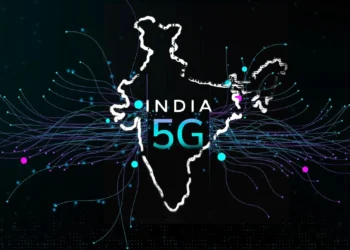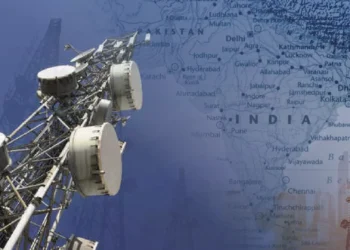Indian 5G auction is just a few days away. Typically a spectrum auction is laced with many complicated rules, so much so that a layman is sure to get overwhelmed. Hence I thought of taking this opportunity to simplify these rules so that we all can visualize how this auction will run. The reason this is important as it will help us to understand the bidder’s ability to preserve their empowerment (enabled by the earnest money submitted, and eligibility points assigned) to bid in various circles, and their capability to switch between bands/circles during the auction. In the process, we can also analyze what flexibility the operators will have in submitting their bids, and how the decisions made during the course of the auction will impact the final outcome.
The Auction Process
In a conventional auction, a bidder is required to state a price, and the one with the highest value wins the contract/asset. Whereas in a spectrum auction, the price is announced by the auctioneer based on certain predecided rules, and the bidder just has to agree or disagree with that price. If the bidder agrees with the stated price, then it is tantamount to a positive bid, else it will get concluded as a “no-bid”. The bidder agreeing to the announced price will also have to declare concurrently the number of blocks of spectrum (page 58 of NIA) that it is interested in acquiring. Now the bidder will get proclaimed as a PWB (provisional winning bidder) only if it gets identified with all others who are similarly placed and ranked based on some complex rules (page 71 of NIA) with the purpose of mapping the demand (emanating out of these bidders) with the supply of available spectrum for sale. The nonbidders and those falling outside this group are categorized as non — PWBs. These non-PWBs (including the PWBs of the current round) will get an opportunity to bid again in the next round till there are no more bids in any of the circles of all the bands and when the activity factor (which will discuss later in this note) is set by the auctioneer as 100%. The price of the 1st round is mapped to the reserve price set by the government, and those of the subsequent rounds are incrementally raised based on a well-defined rule which is mainly driven by a factor called “Excess Demand” (page 76 of NIA). If the Excess Demand (the quantum by which the demand exceeds the supply in a specific circle) is zero or positive then the price of the next round in that circle is raised else it is kept the same as the previous round.






